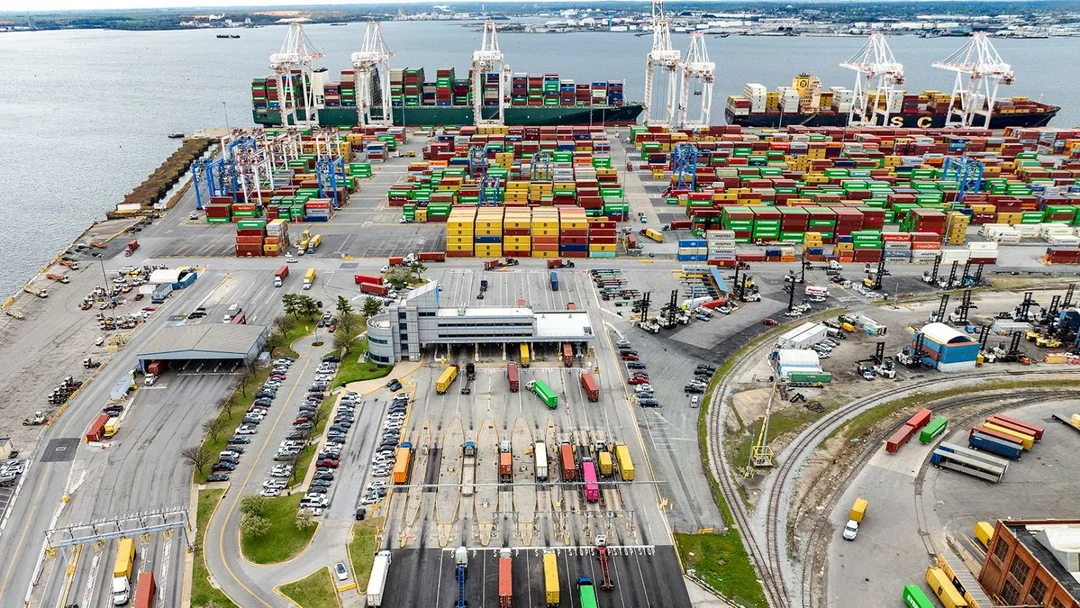
The Looming Catastrophe: How the US-China Trade War Is Shaking the Global Order
As the United States and China—two of the world’s most powerful and intertwined economies—escalate their trade war, concerns are mounting over the profound global consequences that could ensue. The recent surge in US tariffs on Chinese imports to an unprecedented 145% by President Donald Trump has cast a shadow of economic uncertainty, not only for both nations but for the stability of worldwide commerce and politics.

For decades, the US and China have operated in a complex synergy: American consumers grew accustomed to affordable goods manufactured in China, from electronics to apparel, while Beijing leveraged access to US markets to drive its growth and fuel a dramatic reduction in poverty. Now, as Washington’s approach veers deeper into protectionism and the so-called “madman theory” of unpredictable brinksmanship, experts warn of an incalculable fallout not just for the adversaries, but for the broader global supply chain and economic confidence.
“We’re now in a huge (trade) war with China, and the tariffs that have been imposed are prohibitive,” cautioned former Treasury Secretary Janet Yellen on CNN. “They’re going to result in massive impacts on the United States and the global economy. No one knows where these policies are headed.” Yet even as President Trump claims leverage through personal ties with Chinese President Xi Jinping, others note that China’s negotiation style and domestic politics leave little room for Trump’s improvisational tactics or nostalgic “cake diplomacy.” As Zongyuan Zoe Liu of the Council on Foreign Relations explained, “President Xi Jinping … is not a negotiator. It's the working level, the bureaucrats, the functionaries negotiate the deal.”

While the US administration proposes trade pacts with allies to encircle Beijing, America’s international credibility is weakened by years of retreat from coalition-building—pulling out of deals like the Trans-Pacific Partnership, souring relations with the EU, and provoking Canada and Mexico. Ontario Premier Doug Ford lamented, “We always believe in the Am-Can fortress, working together to make the two strongest nations in the world... That’s what we want to do.” But posturing against even close neighbors has damaged the groundwork for a unified stance.
China, meanwhile, projects openness and stability. As the US turns inward, Beijing has seized the opportunity to court Europe and Southeast Asia, portraying itself as a champion of multilateralism. Premier Li Qiang, in conversation with the EU’s Ursula von der Leyen, emphasized their “closely intertwined interests,” while ASEAN nations issued statements decrying America’s “unilateral” tariffs. Yet, Beijing faces its own hurdles, with manufacturing overcapacity and restrictions in other global markets.

On the ground, American businesses scramble to adjust: stockpiling Chinese imports, seeking alternate suppliers in Vietnam or Indonesia, and bracing for price hikes that may hit US consumers by early summer. “Chinese are very good at shifting production elsewhere… but the scale of US enforcement is untested,” noted Derek Scissors of the American Enterprise Institute, suggesting months of turbulence lie ahead. He added, “Agriculture does face a threat… I wouldn’t guarantee that farmers are going to be OK, and they’re the ones that [face] the most threat from US exports to China.”
The danger is not just an economic downturn but a new world order—where the lines between economic rivalry and political isolation blur, alliances fracture, and both superpowers hope the other will make the first move toward de-escalation. As Jason Furman, former chair of the Council of Economic Advisers, put it: “The US right now is an incredibly unreliable partner to anyone in the world, and I don’t know how we are going to get back to being reliable.”
As this high-stakes chess game unfolds, the essential question lingers: Will pain and brinksmanship finally force the US and China toward a compromise, or has a new era of protracted conflict become the defining feature of global trade? Share your thoughts below—how do you think this trade war will be resolved, and who stands to win or lose?
Related issues news
What is the trade between the US and China?
The trade in goods between the two economic powers added up to around $585bn (u00a3429bn) last year. Though the US imported far more from China ($440bn) than China imported from America ($145bn). That left the US running a trade deficit with China - the difference between what it imports and exports - of $295bn in 2024.
Does China have tariffs?
China Customs assesses and collects tariffs. Import tariff rates are divided into six categories: general rates, most-favored-nation (MFN) rates, agreement rates, preferential rates, tariff rate quota rates, and provisional rates. As a member of the WTO, imports from the United States are assessed at the MFN rate.